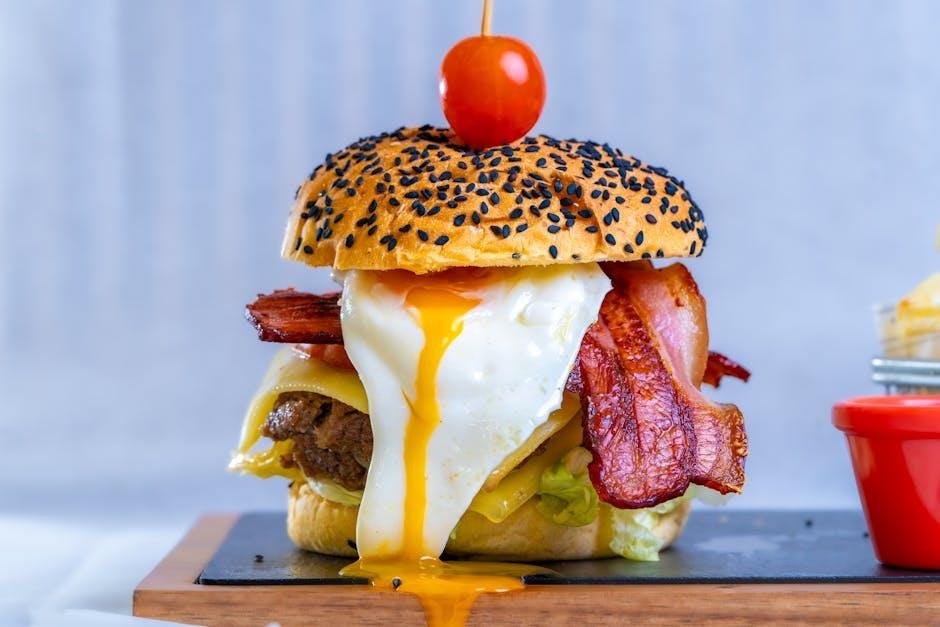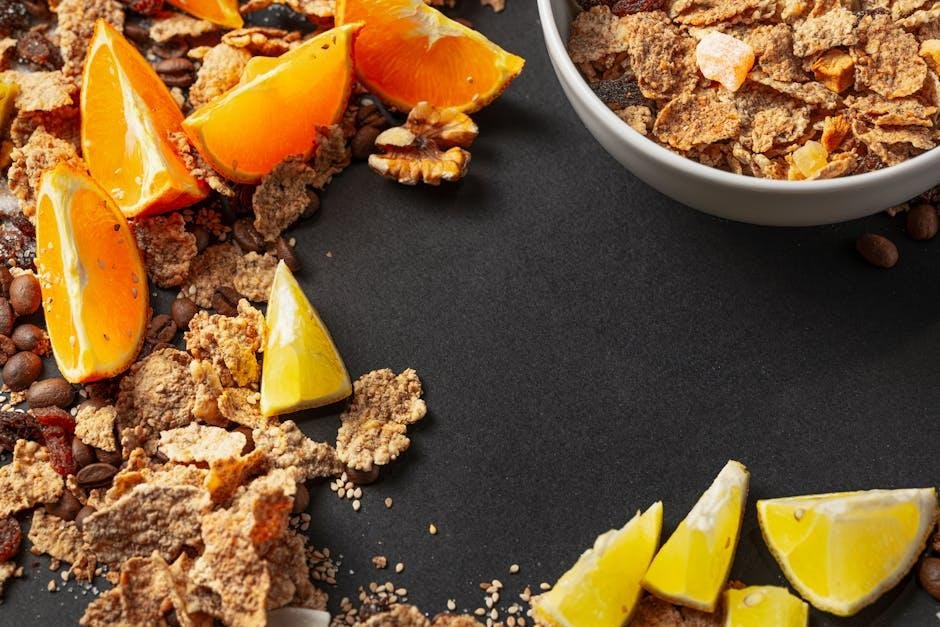In a world where speedy fixes and convenience often take precedence over nutritional balance, the keto diet has emerged as a beacon of hope for many seeking to shed unwanted pounds. The promise of indulging in fatty foods while casting aside carbs has captured the attention of dieters and fast food enthusiasts alike. Though, as individuals embark on the journey of “fast food keto,” an unsettling reality begins to unfold: the scale stubbornly refuses to cooperate.Why is it that, despite the allure of crispy bacon and creamy avocados, the anticipated weight loss remains elusive? In this article, we will delve into the multifaceted reasons behind this paradox, exploring the pitfalls of fast food keto and unraveling the complexities of dietary choices versus true wellness. Join us as we navigate the intricacies of this popular trend and uncover the insights that may help you find your path to successful and sustainable weight loss.
understanding the nutritional pitfalls of fast Food Keto
While the ketogenic diet can promote weight loss through a low-carbohydrate, high-fat approach, indulging in fast food options can lead to several nutritional drawbacks that may hinder your progress. Many fast food joints offer items marketed as “keto-friendly,” but these often come laden with hidden carbs, unhealthy fats, and excessive sodium. Ingredients like artificial sweeteners and processed oils can disrupt the hormonal balance that the body relies on for fat-burning, leaving you feeling bloated and fatigued instead of energized. Instead of nourishing your body, these foods can contribute to inflammation and cravings, making it challenging to stay on track with your health goals.
Additionally,the lack of nutrient-dense options in fast food can result in deficiencies that stymie your metabolic efficiency. Relying on fast food means missing out on vital vitamins and minerals found in whole foods. Consider the following common fast food pitfalls:
- High Sodium Levels: Can lead to water retention and increased blood pressure.
- Low Fiber Content: Results in digestive issues and increased hunger.
- Processed Ingredients: May contain additives that disrupt insulin sensitivity.
To emphasize these points,let’s break down a typical fast food meal that may seem keto-compliant on the surface:
| Food Item | Net Carbs (g) | Saturated Fat (g) | Sodium (mg) |
|---|---|---|---|
| Bacon Cheeseburger (no bun) | 3 | 12 | 800 |
| Chicken nuggets (5 pieces) | 15 | 8 | 600 |
| Side Salad with Ranch | 4 | 5 | 280 |

The Hidden Carbohydrates in Fast Food Choices
when indulging in fast food, many dieters are unaware of the hidden carbohydrates lurking in their favorite meals. While the initial perception might be that a burger or fried chicken is a low-carb option, countless toppings and side dishes can drastically change the carb count. As a notable example, even skipping the bun doesn’t guarantee a low-carb experience when sauces, dressings, and condiments are added. These extras are often rich in sugars and starches,contributing to a higher carbohydrate intake than anticipated.
Furthermore, the portions served at fast food restaurants can disguise the underlying carb content.Here are a few common fast food items and their sneaky carb counts:
- Chicken Nuggets: These seemingly innocent bites can contain more carbs than you think, particularly when you dip them in sweet sauces.
- salads: While marketed as a healthy choice, many fast-food salads come topped with sugary dressings, croutons, and even fruit, all adding carbs to your meal.
- Smoothies: often packed with fruit and sweeteners, they can easily surpass your daily carb limit.
To illustrate this, take a look at the table below showing the carb content of popular fast food choices:
| Item | Carbs per Serving |
|---|---|
| Burger (no bun) | 2g |
| Medium Fries | 42g |
| sweet & Sour Sauce | 13g |
| caesar Salad with Dressing | 10g |
It becomes evident that even when choosing low-carb options, one must be vigilant about what additional components come along with the meal. The cumulative effect of these unsuspecting carbohydrates can sabotage your weight loss efforts while on a fast food keto diet.

Portion Control and Its Impact on Your Keto success
Many people embark on a ketogenic diet with the hope of shedding pounds quickly, but without proper portion control, it can lead to unintended consequences. Even when indulging in low-carb fast food options, it’s crucial to recognize that calorie count still matters. Consider that even the healthiest fats, if consumed in excess, can thwart your weight loss goals. To stay on track, focus on these mindful eating strategies:
- Measure Your Servings: Use measuring cups or a food scale to ensure you’re not overdoing it.
- Visual Cues: Use your palm as a guide for protein portions and a fist for vegetables.
- Mindful Eating: Take time to eat slowly, savoring each bite to recognize when you’re truly full.
Assessing portion sizes can also help in navigating fast food menus, where serving sizes can sometimes be deceptively large. This not only promotes better adherence to your dietary goals but also supports a healthier relationship with food. Here’s a quick reference table for understanding appropriate portion sizes that align with keto principles:
| Food Group | recommended Serving Size |
|---|---|
| Protein | 1 palm-sized portion |
| Healthy Fats | 1-2 tablespoons |
| Non-Starchy Vegetables | 1 fist-sized portion |

Building a Sustainable Keto Habit Beyond Fast Food
| food Category | Examples |
|---|---|
| Proteins | Chicken thighs, grass-fed beef, eggs |
| Fats | Avocado, olive oil, coconut oil |
| Vegetables | Spinach, kale, cauliflower |
Final Thoughts
while the allure of a fast food keto lifestyle may seem convenient and tempting, the reality is that sustainable weight loss requires a more thoughtful approach. It’s not merely about swapping conventional carb-heavy meals for low-carb options; it involves understanding food quality, portion control, and how various ingredients affect your body. By embracing a more mindful and balanced perspective on your dietary choices, you can unlock the true potential of the ketogenic diet, paving the way for not just weight loss, but overall wellness. Remember, the journey to health isn’t a race; it’s a marathon that rewards those who take the time to understand their bodies and nourish them wisely. So as you navigate your path, keep these insights in mind and step confidently into a vibrant, healthier future.



